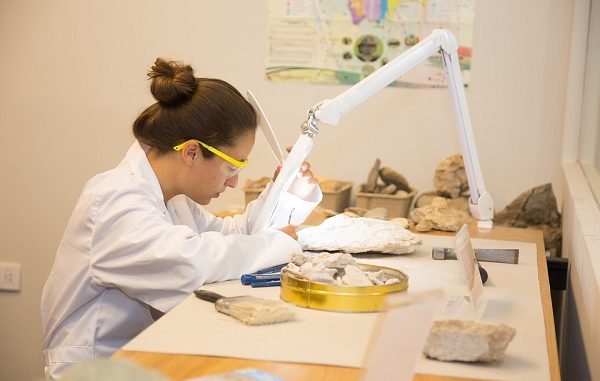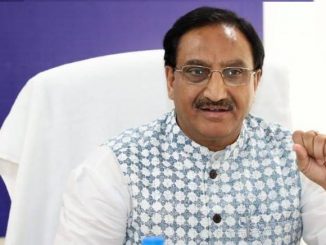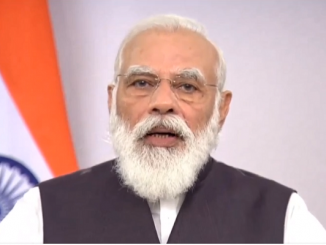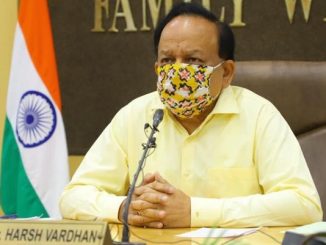
Oct 31: In a significant step towards affordable medical education, the National Medical Commission (NMC) has notified its first major regulation. Titled as “Minimum Requirements For Annual MBBS Admissions Regulations (2020)”, the notification issued today replaces the “Minimum Standard Requirements for Medical Colleges, 1999 (for 50/100/150/200/250 Annual Admissions)” of the erstwhile Medical Council of India (MCI).
The new Regulation shall be applicable to all new medical colleges proposing to be established, and to the established medical colleges proposing to increase their annual MBBS intake from the academic year 2021-22. During the transitory period, the established medical colleges will be governed by the relevant regulations existing prior to the current notification.
The new standards have been defined keeping the functional requirements of the institution(s). These allow optimization and flexibility in utilizing available resources, and harnessing modern educational technology tools to facilitate moving towards quality education, even when resources are relatively scarce.
The key changes:
The new Regulation has deleted the quantum of land required for setting up a medical college and its affiliated teaching hospitals (all buildings are expected to conform to existing building bye-laws). The notification defines the minimum requirements of space for all student centric areas in the institution and the functional areas required. The Standards outlines the sharing of all available teaching spaces by all departments (compared to the inflexibility in the regulations so far) thereby mandating all teaching spaces to be enabled for e-learning and also digitally linked to one another (it was only desirable earlier).
Under the new Regulation, a well-equipped “Skills Laboratory” for training students is essential now. It also defines a Medical Education Unit for training medical teachers in educational pedagogy. The space required for Library and the number of books and journals have been rationalized and reduced. Student counselling services has been mandated recognizing the increasing stress observed amongst medical students and residents in recent times.
Recognizing that a well-functioning hospital is at the core of medical training, the new regulation now mandates the availability of a fully functional 300 bed multi-speciality hospital for at least 2 years at the time of application for establishing a new medical college (the earlier regulations did not specify the period of functionality). The beds required in the various departments of the teaching hospital have been rationalized to align with the annual student intake, teaching time to be spent in the clinical specialties and the minimum clinical material required for undergraduate medical training which has resulted in about 10% reduction in teaching bed needs compared to the earlier regulations.
The human resource of teaching faculty has also been rationalized in the new Regulation. Over and above the minimum prescribed faculty, provision for “visiting faculty” has been made to enhance quality of training.
Two new teaching departments have now become mandatory in all medical college hospitals for the training of undergraduate medical students. These include the Department of Emergency Medicine (which has replaced the earlier Casualty Department) and will ensure access and prompt, appropriate response to emergencies particularly trauma; and the Department of Physical Medicine and Rehabilitation which shall fill a large gap for those in need of comprehensive rehabilitative care.
The Regulation has also outlined “desirable” and “aspirational” goals beyond the minimum requirements stated in the standards so as to stimulate medical institutions to strive for excellence. These elements will be utilized by the National Medical Commission while rating the medical institutions in the country.
Disclaimer: We donot claim that the images used as part of the news published are always owned by us. From time to time, we use images sourced as part of news or any related images or representations. Kindly take a look at our image usage policy on how we select the image that are used as part of the news.


